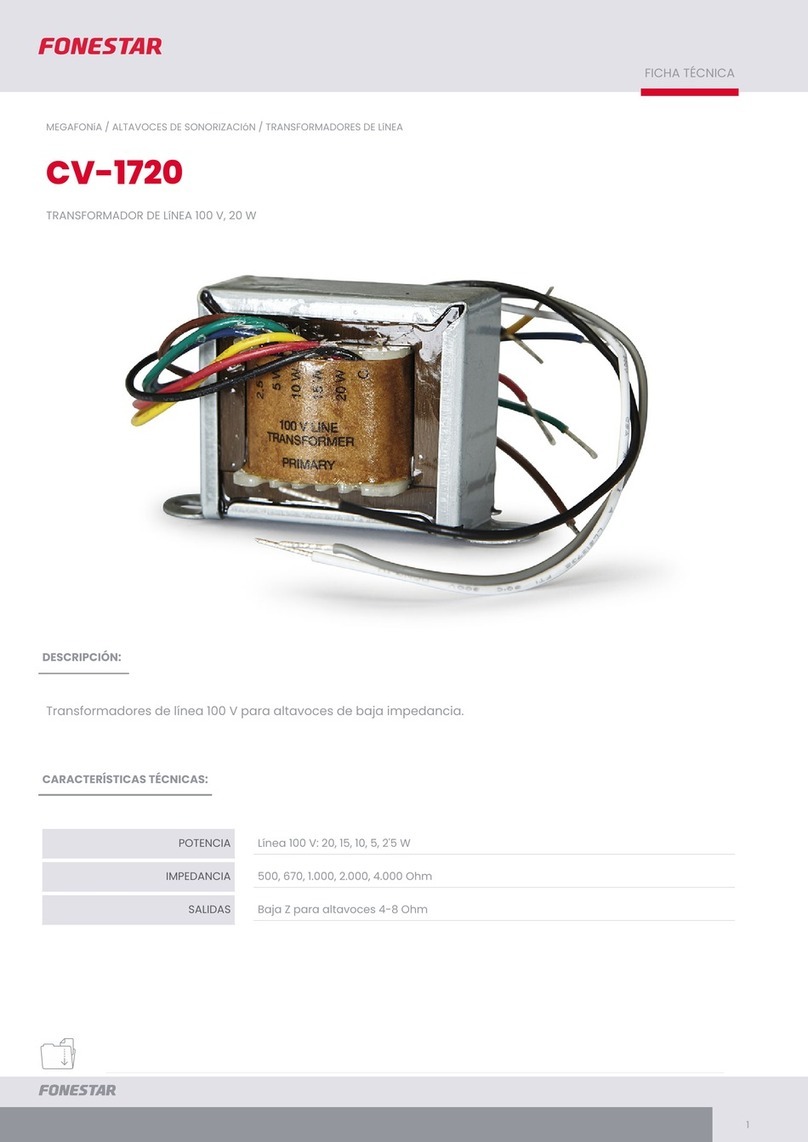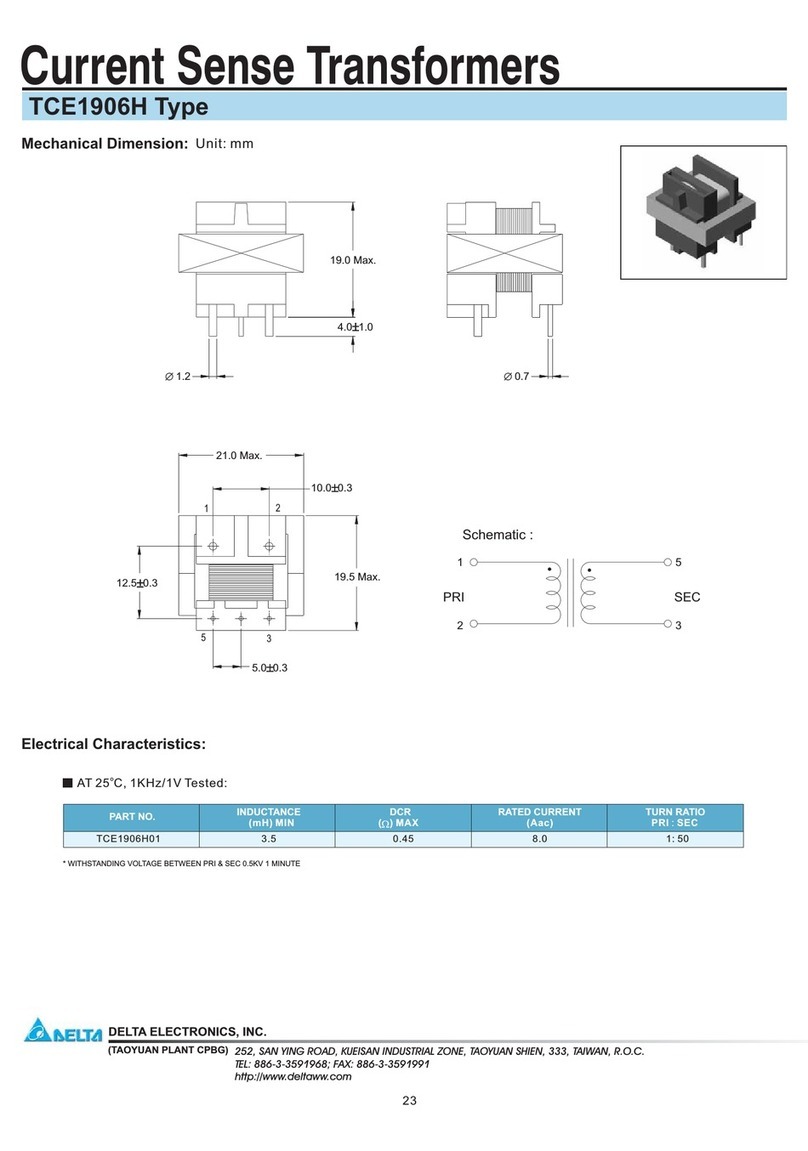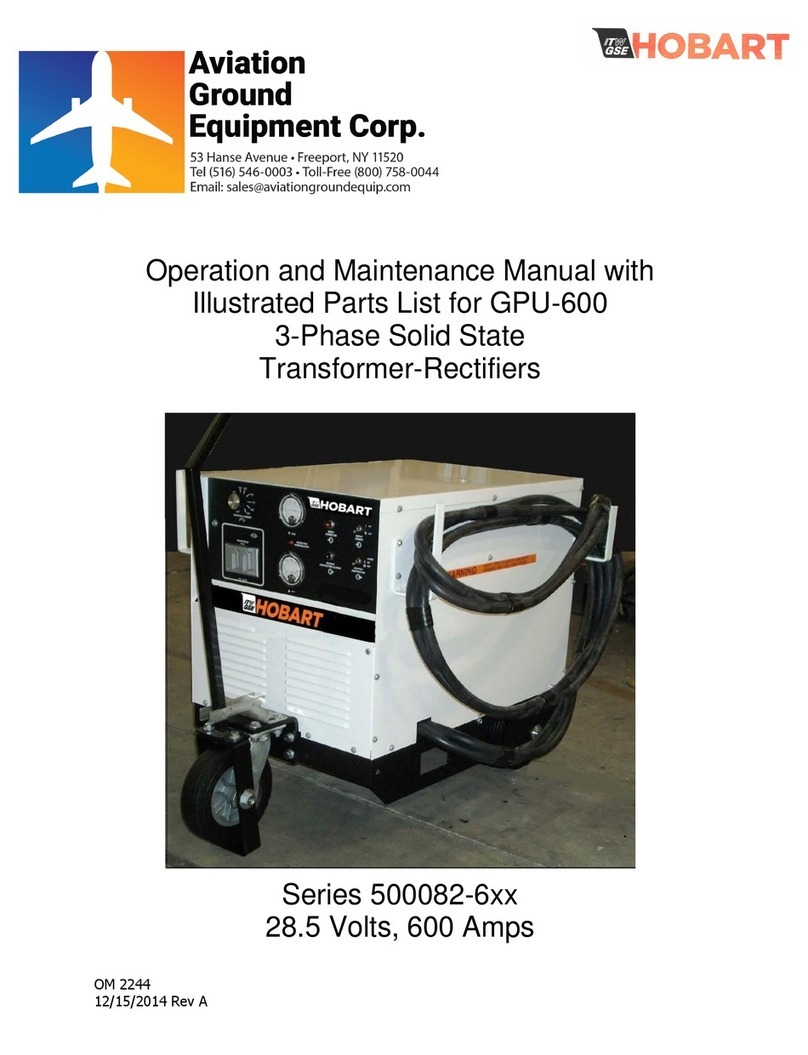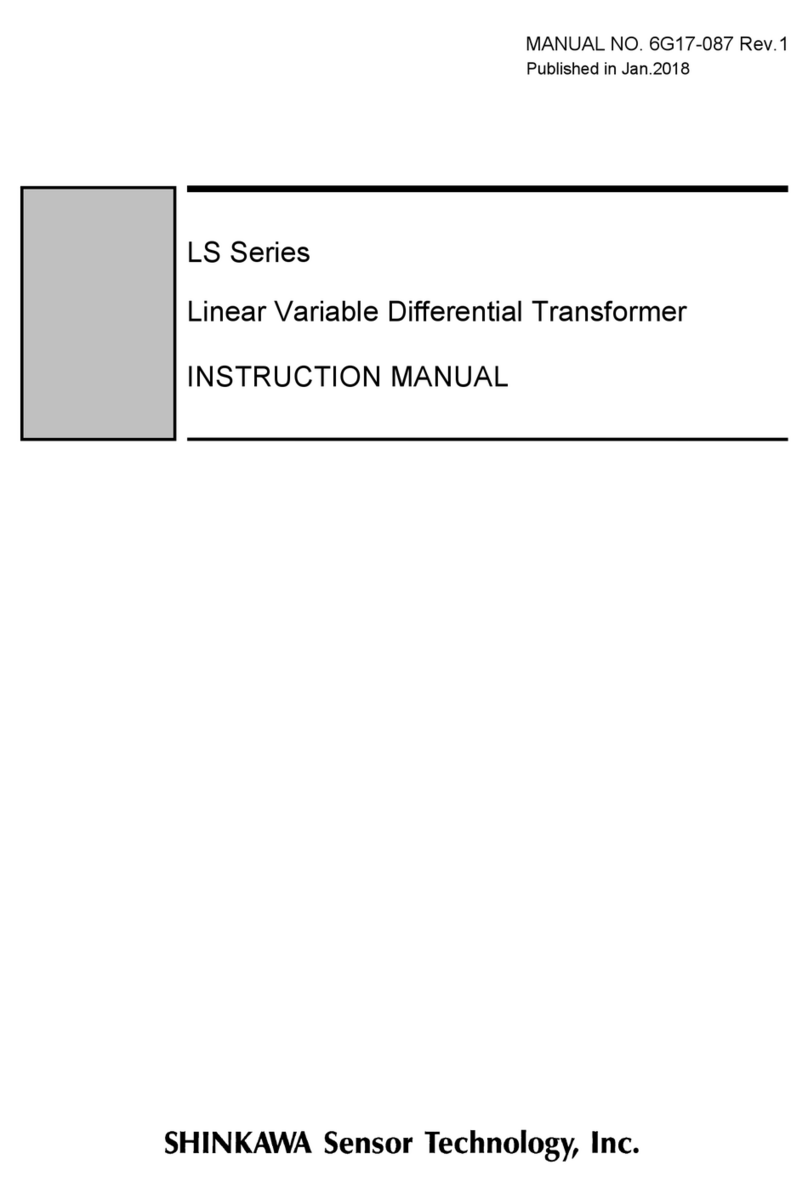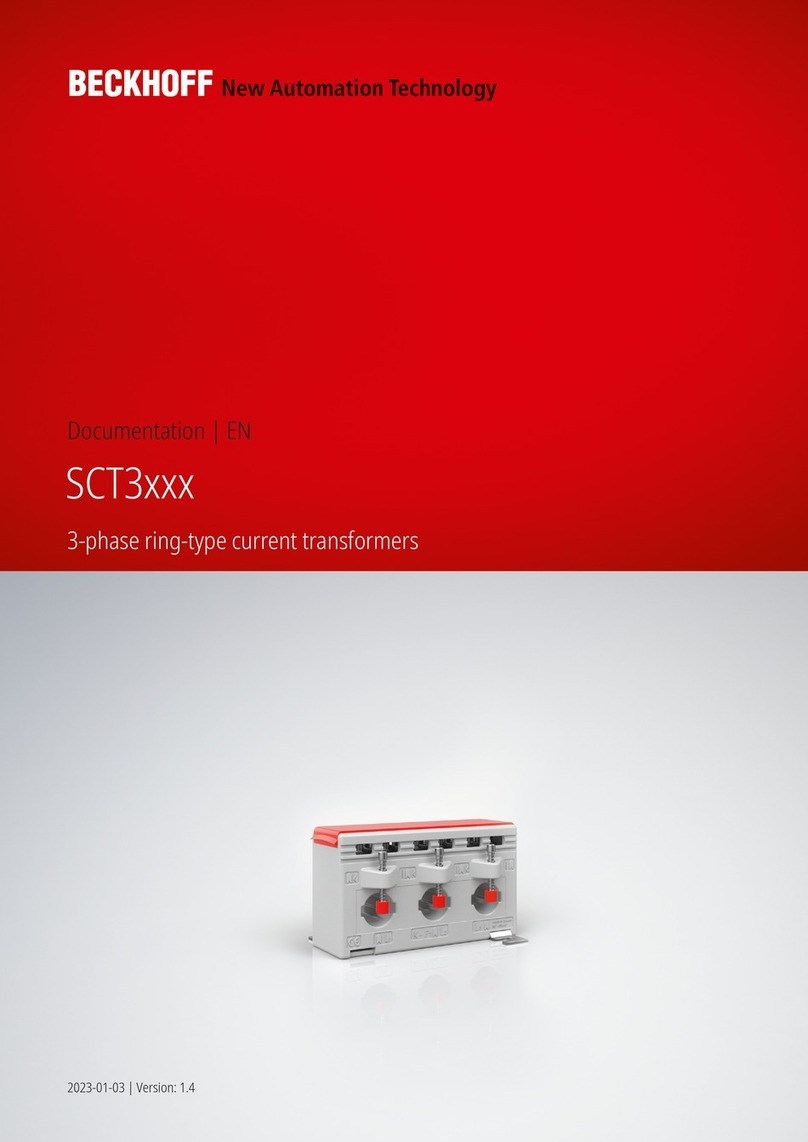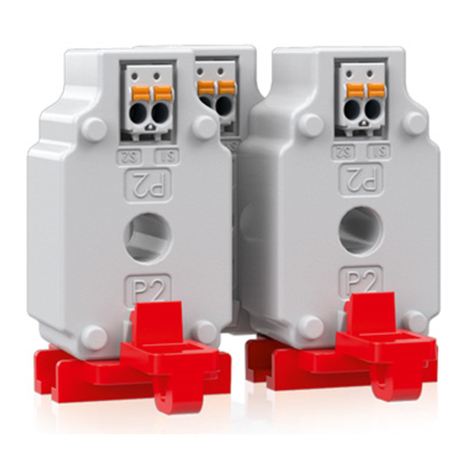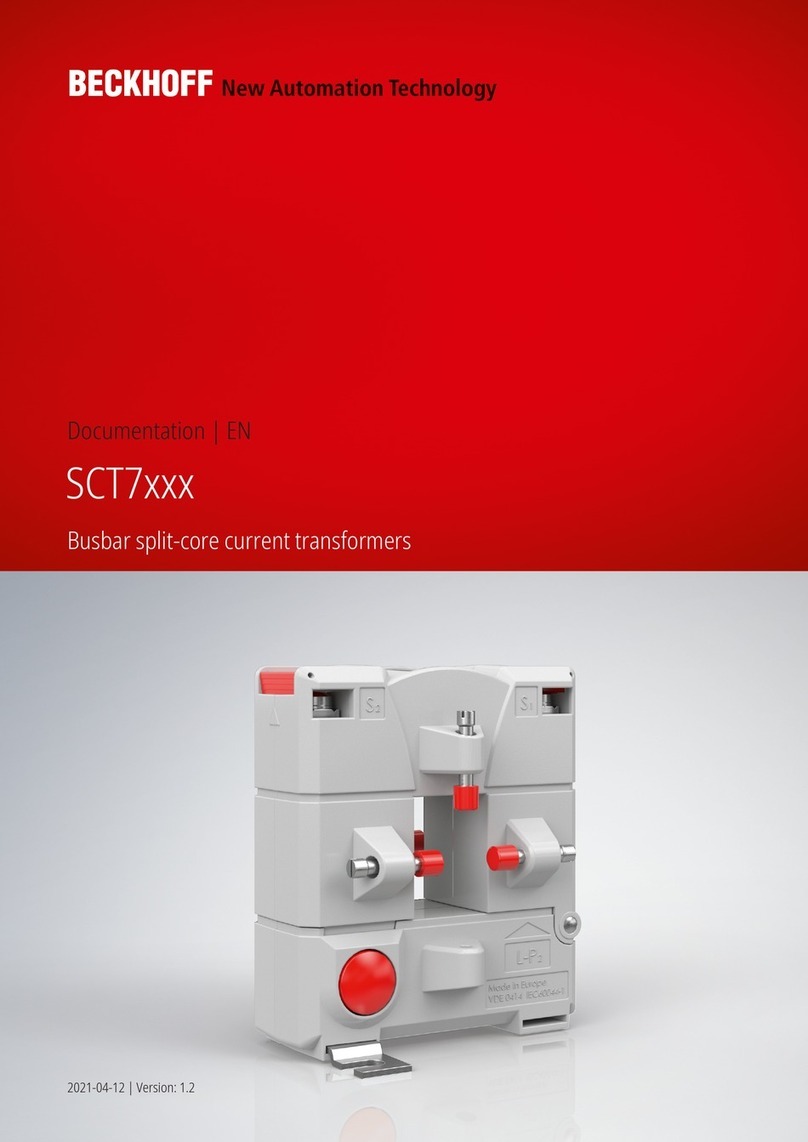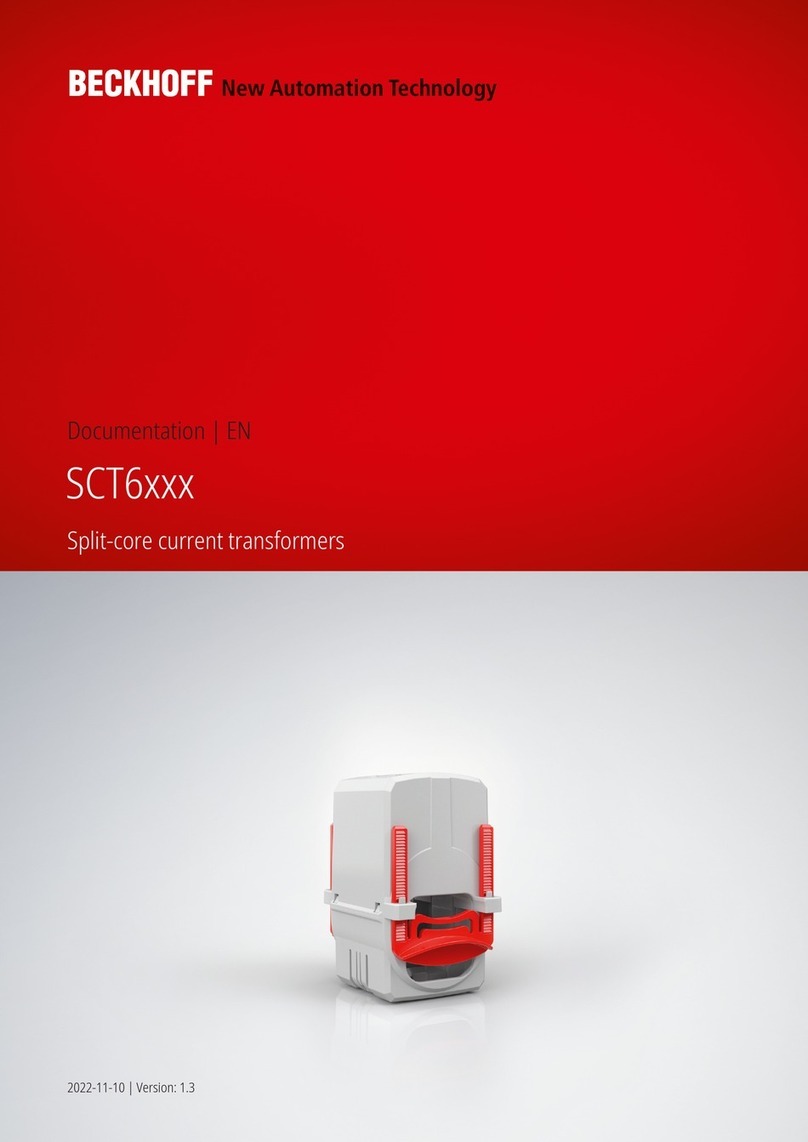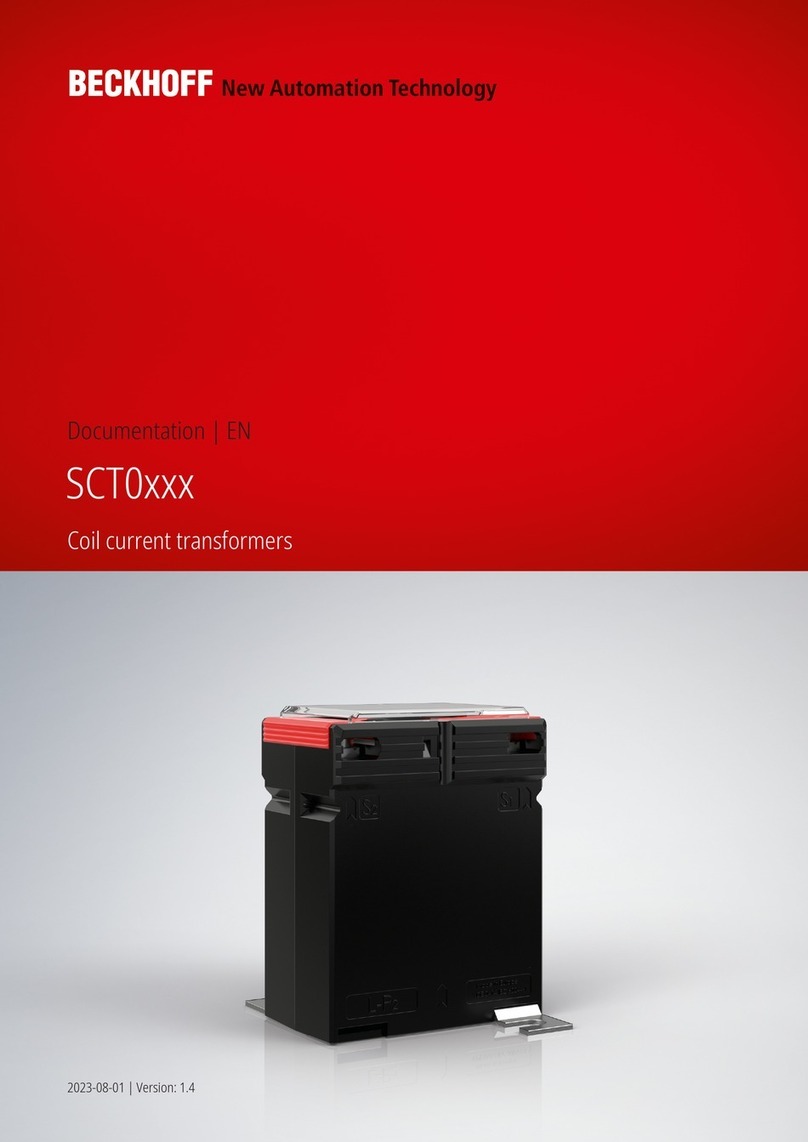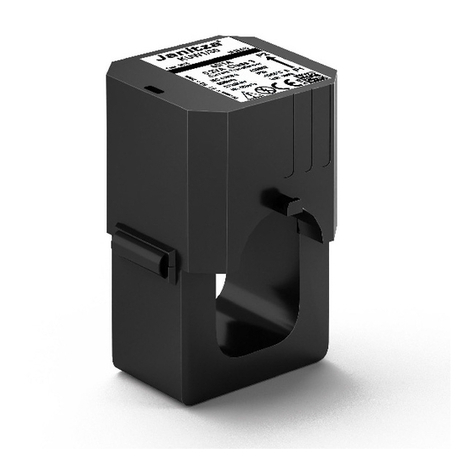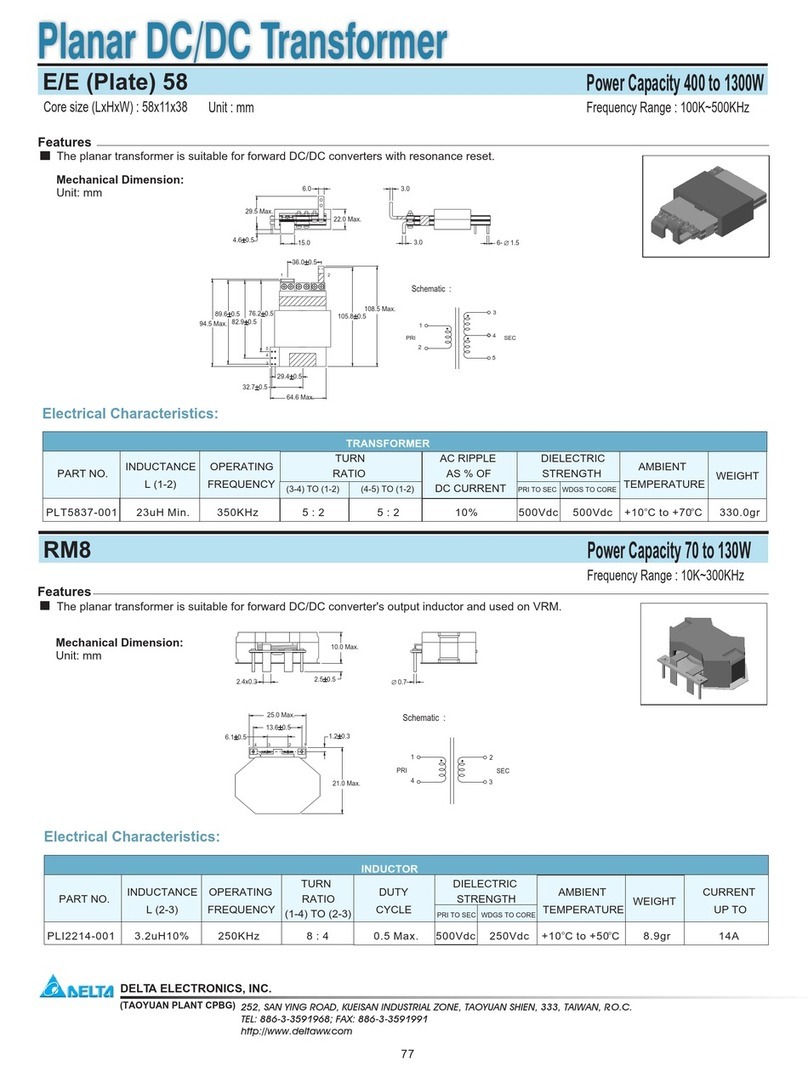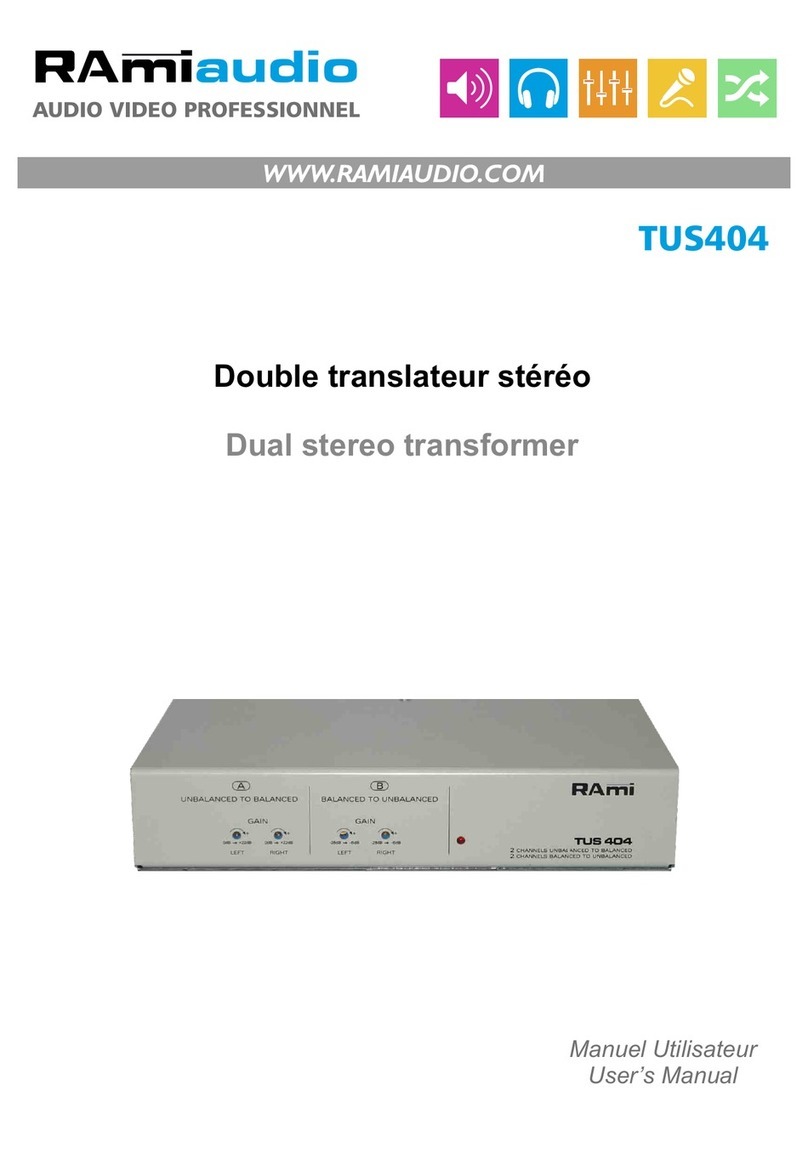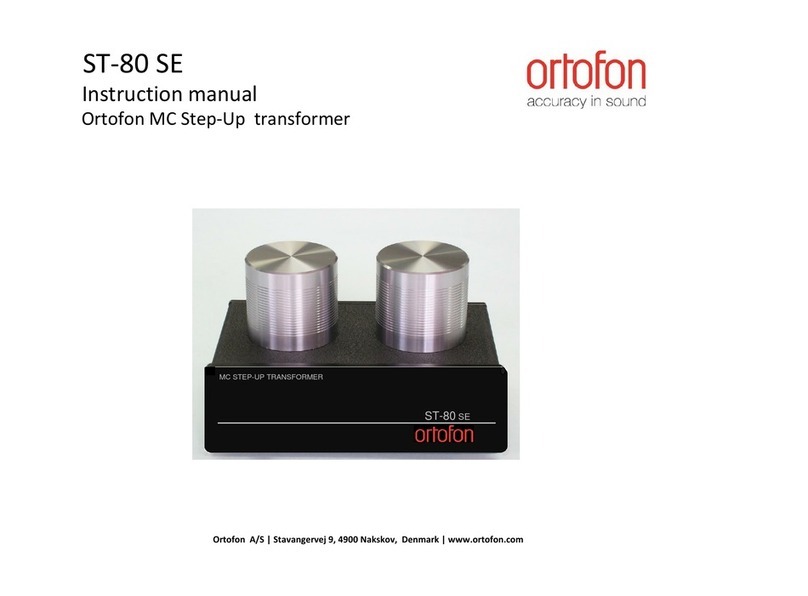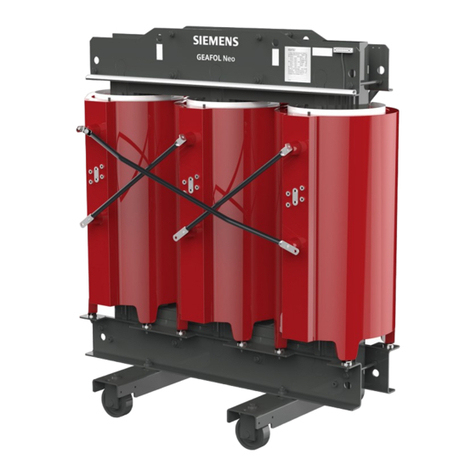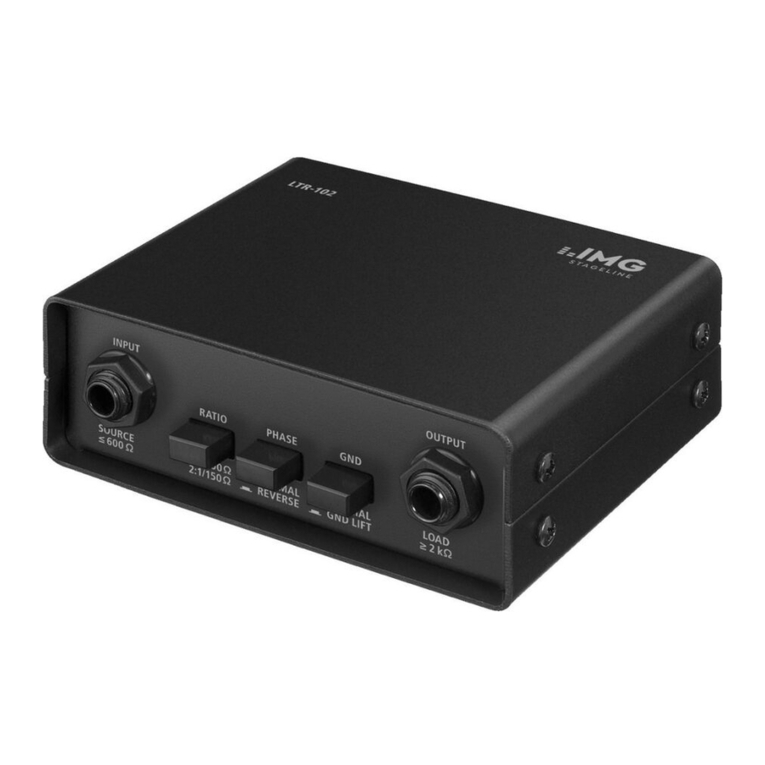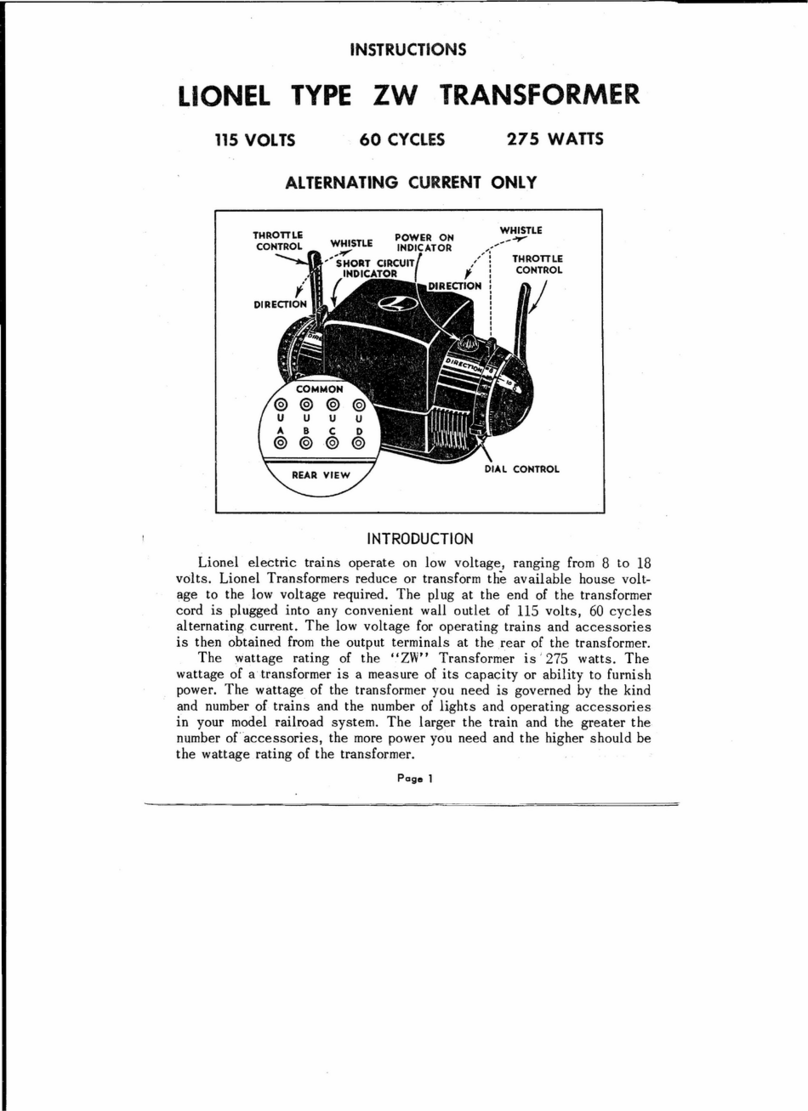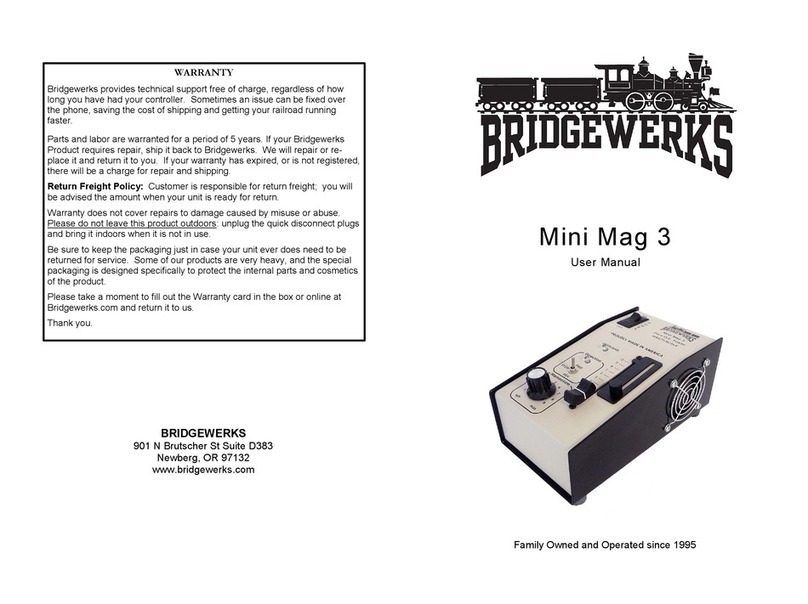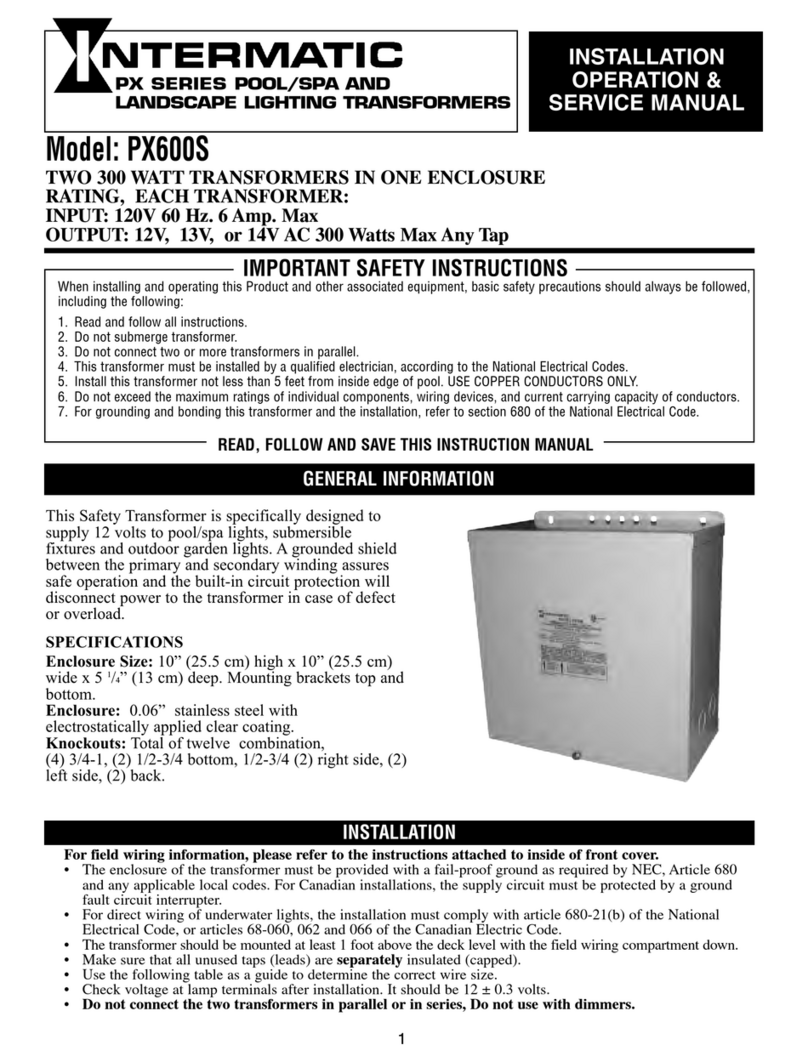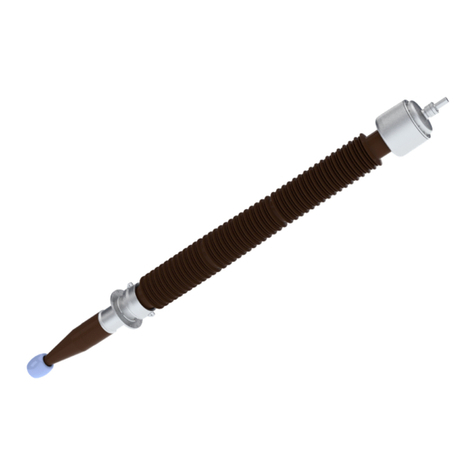
Table of contents
SCT2xxx 3Version: 1.5
Table of contents
1 Foreword....................................................................................................................................................5
1.1 Notes on the documentation .............................................................................................................5
1.2 Safety instructions.............................................................................................................................5
2 Product overview ......................................................................................................................................8
2.1 Introduction .......................................................................................................................................8
2.2 Basics current transformers ..............................................................................................................9
2.3 Product categories – SCTxxxx current transformer ........................................................................14
2.4 Notes on class accuracy SCT transformers....................................................................................23
3 Technical data .........................................................................................................................................24
3.1 SCT21xx | Ring-type current transformer, size 1 ............................................................................24
3.1.1 SCT21xx | General...........................................................................................................24
3.1.2 SCT2111 | Ring-type current transformer for primary currents 0...60 A AC to 0...500 A
AC, accuracy class 1, size 1 ............................................................................................26
3.1.3 SCT2121 | Ring-type current transformer for primary currents 0…125 A AC to 0…600 A
AC, accuracy class 0.5, size 1 .........................................................................................27
3.2 SCT22xx | Ring-type current transformer, size 2 ............................................................................28
3.2.1 SCT22xx | General...........................................................................................................28
3.2.2 SCT2211 | Ring-type current transformer for primary currents 0...600 A AC / 0...750 A
AC, accuracy class 1, size 2 ............................................................................................30
3.2.3 SCT2221 | Ring-type current transformer for primary currents 0…600 A AC / 0…750 A
AC, accuracy class 0.5, size 2 .........................................................................................31
3.3 SCT23xx | Ring-type current transformer, size 3 ............................................................................32
3.3.1 SCT23xx | General...........................................................................................................32
3.3.2 SCT2311 | Ring-type current transformer for primary currents 0…800 A AC / 0…1000 A
AC, accuracy class 1, size 3 ............................................................................................34
3.3.3 SCT2321 | Ring-type current transformer for primary currents 0…800 A AC / 0…1000 A
AC, accuracy class 0.5, size 3 .........................................................................................35
3.4 SCT24xx | Ring-type current transformer, size 4 ............................................................................36
3.4.1 SCT24xx | General...........................................................................................................36
3.4.2 SCT2411 | Ring-type current transformer for primary currents 0…1250 A AC / 0…1500 A
AC, accuracy class 1, size 4 ............................................................................................38
3.4.3 SCT2421 | Ring-type current transformer for primary currents 0…1250 A AC / 0…1500 A
AC, accuracy class 0.5, size 4 .........................................................................................39
3.5 SCT25xx | Ring-type current transformer, size 5 ............................................................................40
3.5.1 SCT25xx | General...........................................................................................................40
3.5.2 SCT2515 | Ring-type current transformers for primary current 0…2000 A AC, accuracy
class 1, size 5................................................................................................................... 42
3.5.3 SCT2525 | Ring-type current transformers for primary current 0…2000 A AC, accuracy
class 0.5, size 5................................................................................................................ 43
3.6 SCT26xx | Ring-type current transformer, size 6 ............................................................................44
3.6.1 SCT26xx | General...........................................................................................................44
3.6.2 SCT2615 | Ring-type current transformers for primary current 0…2500 A AC, accuracy
class 1, size 6................................................................................................................... 46
3.6.3 SCT2625 | Ring-type current transformers for primary current 0...2500 A AC, accuracy
class 0.5, size 6................................................................................................................ 47
4 Commissioning .......................................................................................................................................48

